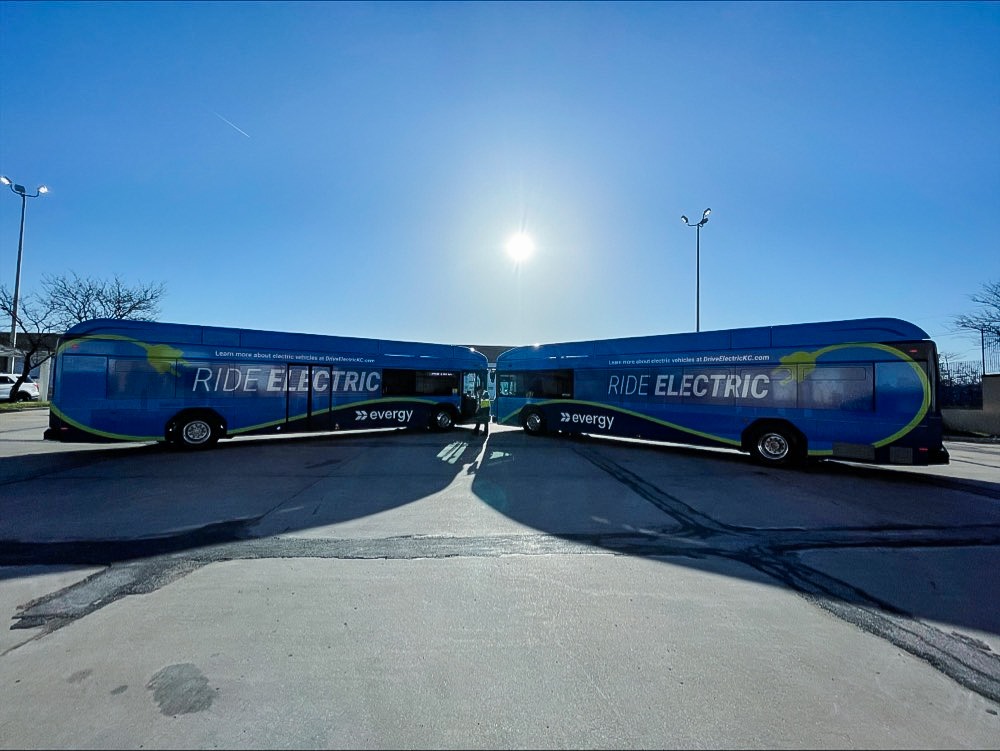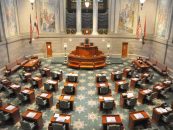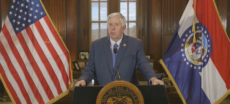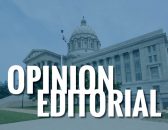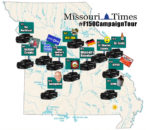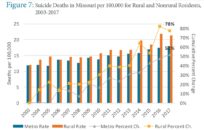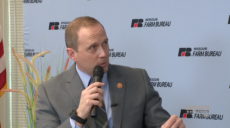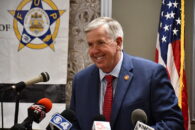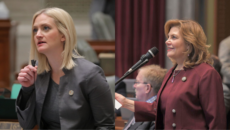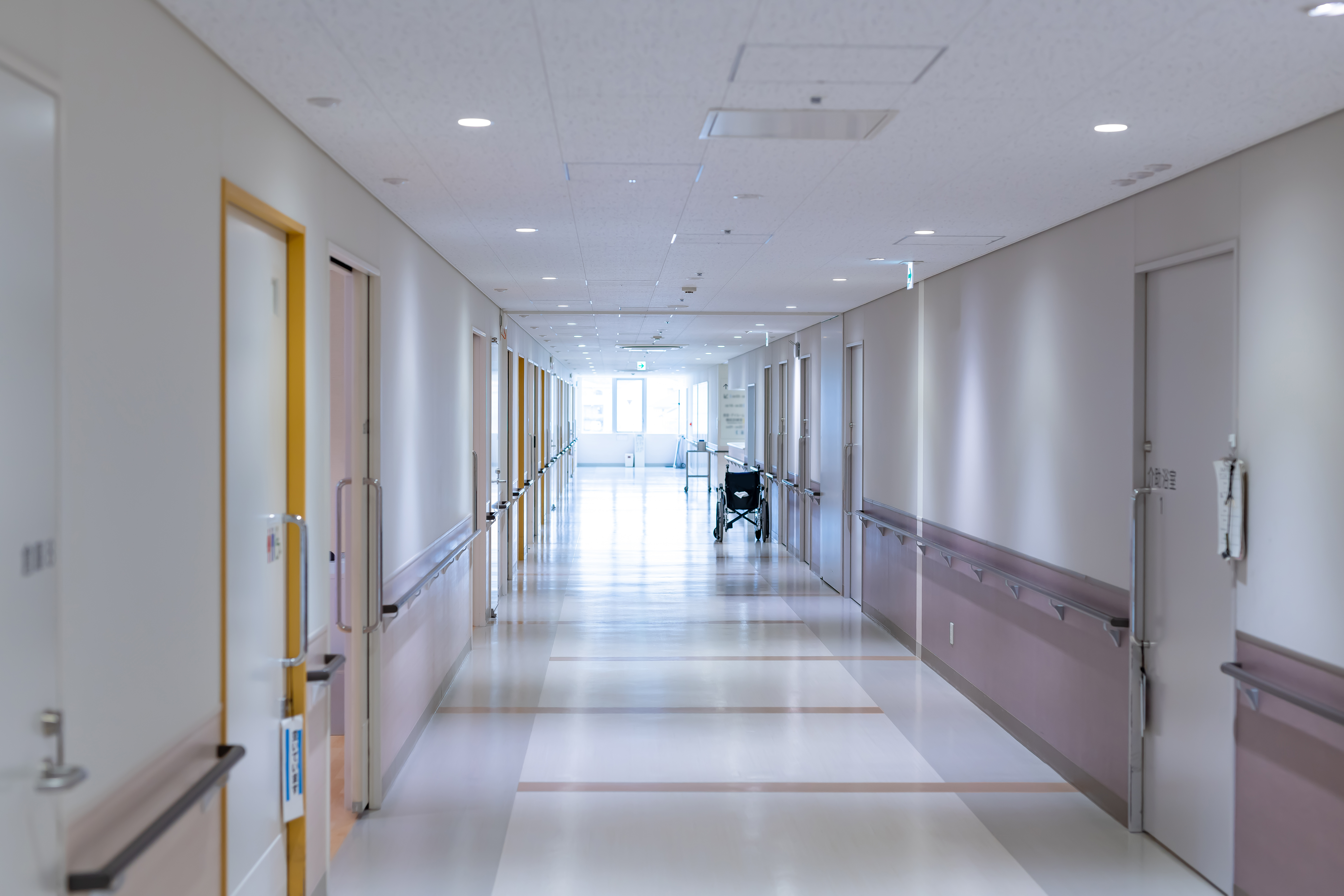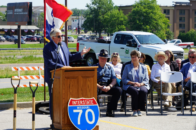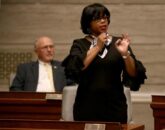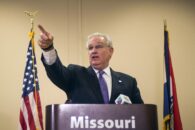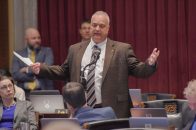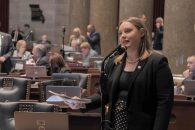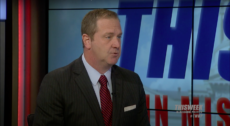With an influx of federal infrastructure dollars on its way to Missouri, public transportation providers are awaiting a substantial investment.
Missouri is expected to receive $674 million for its public transportation system over the next five years, allowing for providers to maintain and upgrade their fleets while expanding their operations. Much of the allotment will be distributed through existing funding pots and will require a state match: Operating funding programs are subject to a 50-50 state match, while capital funding programs will see an 80-20 investment.
“The big question will once again be what does our state investment in public transit look like, and that’s going to become even more important as we see these federal funding amounts grow,” Missouri Public Transportation Association (MPTA) Executive Director Kim Cella told The Missouri Times. “We’re really excited to see an increase in funding for public transit. It’s delivering in Missouri — we’re seeing that with economic returns, the number of jobs, the necessity of public transit that we saw during the pandemic.”
Missouri ranked 45th in the nation in state transit investments, which have stagnated since 2016, according to Cella. The state’s 34 public transit providers split a $1.7 million operating assistance allotment this year, leaving some providers with as little as $5,000 in state funding.
Grants for rural areas are administered through the Missouri Department of Transportation (MoDOT). Director Patrick McKenna said his department is taking feedback from the public on potential investments, though the exact amount of funding available is still unknown.
“Even with additional revenue, transportation needs greatly outweigh funding available, and the challenge is determining the optimal projects to fund that provide the greatest return on investment to taxpayers,” McKenna said in a statement. “Other priorities include projects that improve safety, spur economic growth, and provide more transportation choices.”
Minority Missourians are 10 times more likely to use public transportation, according to the White House, with riders spending nearly 80 percent more time on their commutes.
The state would also be eligible to apply for a program allowing it to transition its system to a zero-emissions fleet. The bill expanded the Federal Transit Administration’s Low and No Emission Bus programs to $5.6 billion, allowing state and local governments to apply for grants to purchase clean buses and associated equipment.
Reducing emissions has been a priority for transit providers over the past year, a trend Cella said would likely continue through federal assistance. The Kansas City Area Transportation Authority unveiled its first zero-emission buses earlier this year with more slated to follow, and St. Louis launched a clean-energy transportation system for seniors last month.
“It’s really important for Missourians to understand, whether they use transit or not, it’s important to this state. We need our transit systems to be funded and have the ability to operate,” Cella said. “When we see this historic funding, we need to find a way for the state to step up as well to ensure that we can draw down all those funds and meet those service area needs.”
Congress appropriated $39 billion for the nation’s public transit system over the next five years.
Public transportation is one of many areas Congress is investing in: Missouri is slated to receive nearly $100 million to expand its electric vehicle (EV) charging network with additional grant funding up for grabs, while the Department of Natural Resources (DNR) expects more than $1.4 billion for its drinking and wastewater systems.
The state’s roads and bridges are also set to receive a substantial boost, along with a minimum of $100 million to expand broadband access throughout the state.

Cameron Gerber studied journalism at Lincoln University. Prior to Lincoln, he earned an associate’s degree from State Fair Community College. Cameron is a native of Eldon, Missouri.
Contact Cameron at cameron@themissouritimes.com.

